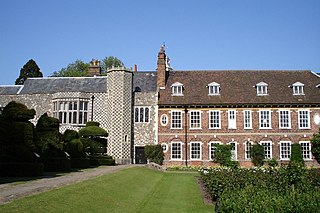
There have been two Baronetcies created for persons with the surname Austen, one in the Baronetage of England and one in the Baronetage of Great Britain. Both creations are extinct.

This is a list of Sheriffs of Derbyshire from 1567 until 1974 and High Sheriffs since.
Arthur Alfred Wilmot was an English clergyman and cricketer who played first-class cricket for Derbyshire in 1871.
There have been three baronetcies created for members of the Gore family, all in the Baronetage of Ireland. All three titles are extant. The family also holds two earldoms and a barony.
There have been six Forster Baronetcies, four in the Baronetage of England, one in the Baronetage of Ireland and one in the Baronetage of the United Kingdom. All are extinct.
There have been five baronetcies created for people with the surname Walker, one is extinct, four are extant.

The Eardley-Wilmot Baronetcy, of Berkswell Hall in the County of Warwick, is a title in the Baronetage of the United Kingdom. It was created on 23 August 1821 for the politician and colonial administrator John Eardley-Wilmot. He was Lieutenant-Governor of Van Diemen's Land from 1843 to 1846. Eardley-Wilmot was the son of John Wilmot, barrister-at-law and one of the Masters-in-Chancery, who in 1812 had assumed by royal licence the additional surname of Eardley as the great-grandson of Elizabeth, sole heiress of Edward Eardley, of Eardley, Staffordshire, and the grandson of John Eardley Wilmot, Chief Justice of the Common Pleas from 1766 to 1771. The second baronet was a judge and also sat as Conservative Member of Parliament for Warwickshire South. Another member of the family to gain distinction was Frederick Marow Eardley-Wilmot, second son of the first baronet. He was a major general in the army.
Wilmot is a surname, and may refer to:
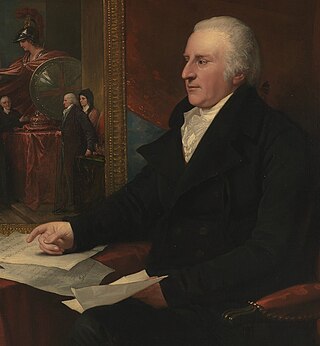
Sir John Eardley Wilmot PC SL, was an English judge, Chief Justice of the Common Pleas from 1766 to 1771.

The Baronetcy of Gresley of Drakelow was created in the Baronetage of England on 29 June 1611 for George Gresley of Drakelow Hall, Derbyshire who was later High Sheriff of Derbyshire and Member of Parliament for Newcastle-under-Lyme.

The Every Baronetcy, of Egginton in the County of Derby, is a title in the Baronetage of England. It was created on 26 May 1641 for Simon Every, Member of Parliament for Leicester in 1640 and a supporter of the Royalist cause in the Civil War. Born into the Every family of Dorset and Somerset, and a cousin to the Brice family of Somerset, he married Anne, daughter and co-heir of Sir Henry Leigh, of Egginton, Derbyshire. After his marriage, Every settled at Egginton.
There have been two baronetcies created for the Pye family. Both are now extinct.

There have been five baronetcies created for members of the old established family of Peyton of Peyton Hall in the parish of Boxford in Suffolk, all of whom were descended from Sir Robert Peyton of Isleham in Cambridgeshire, grandson and heir of Thomas Peyton (1418–1484) of Isleham, twice Sheriff of Cambridgeshire and Huntingdonshire, in 1443 and 1453. All the baronetcies are extinct.
The Coke baronetcy of Longford, in the County of Derby was created in the Baronetage of England on 30 December 1641 for Edward Coke.
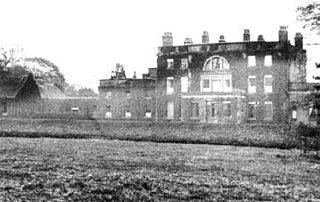
Sir Edward Wilmot, 1st Baronet (1693–1786) was a surgeon and physician to both George II and George III of Great Britain.

Osmaston Hall was a country house built in 1696 in extensive grounds at Osmaston, Derbyshire, now an area of the city of Derby. The house was the home of the Wilmot baronets, and the Fox family before being used for a golf club and railway business. It was demolished in 1938, with the site now occupied by an industrial estate.
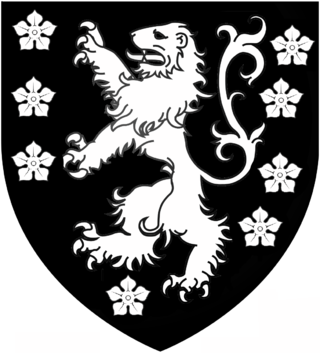
Two unrelated baronetcies have been created in the surname of Clifton.
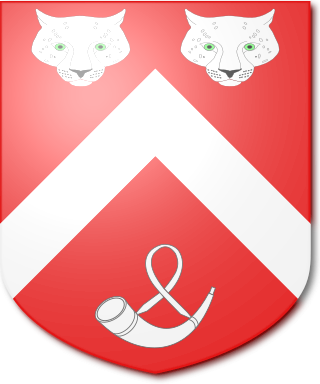
There have been four baronetcies created for members of the Slingsby family who settled at Scriven Hall, Scriven, Knaresborough, Yorkshire in the 14th century.
Sir Robert Wilmot, 1st Baronet (1708–1772) was an English servant of the Crown, Secretary to successive Viceroys of Ireland from 1740 to 1772, and after 1758 Secretary to the Lord Chamberlain of the Household. By 1750 several correspondents regarded him as "the channel through which all Irish business, especially that concerning patronage, must flow".
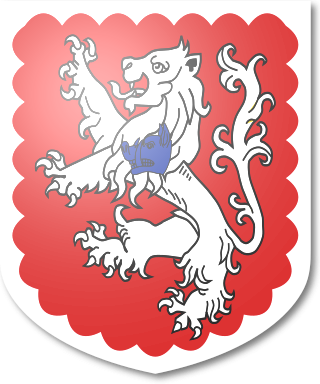
The Horton Baronetcy, of Chadderton in the County of Lancaster, was a title in the Baronetage of Great Britain. It was created on 22 January 1764 for William Horton, High Sheriff of Lancashire in 1764. The second Baronet was High Sheriff of Lancashire in 1775. The title became extinct on the death of the third Baronet in 1821.












